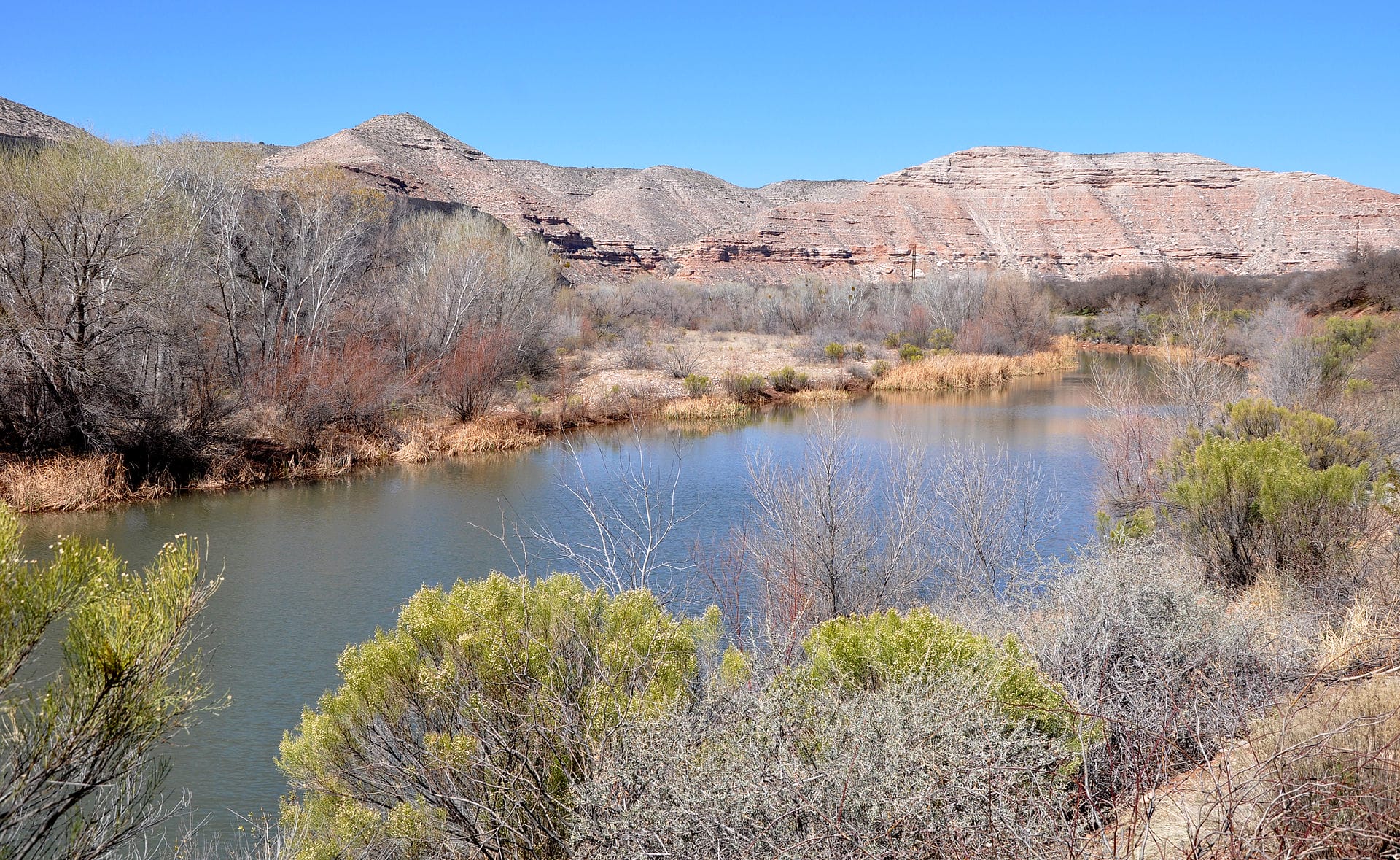Verde River near Clarkdale/WIKIPEDIA
Opinion: Sediment from the Verde River is slashing storage capacity at Horseshoe Lake, creating potential problems for metro Phoenix’s future water supplies.
(Editor’s note: Opinion aricles are posted only for purposes of discussion.)
By Joanna Allhands | Arizona Republic
Water spills over Horseshoe Dam on the Verde River northeast of Phoenix in April 2020. The lake is filling with sediment, leaving less capacity to capture the water metro Phoenix needs.
Colorado River shortages get a lot of attention, and for good reason: They affect one of Arizona’s largest sources of renewable water.
But metro Phoenix would be much worse off if it weren’t for the Verde and Salt rivers, also a major source of renewable water for area cities, industrial users and farmers. The rivers are in far better shape than the Colorado, in large part because our water demands don’t outstrip supplies.
The reservoirs on these rivers also are smaller and easier to refill in wet years, and they aren’t nearly as reliant on the slow, steady runoff from snowpack. They can handle a lot more variability than those on the Colorado.
But that doesn’t mean the system is foolproof. Studies suggest that the rain and snow that falls in these watersheds will become more of a feast or famine: The dry years will get drier, and the wet years will get wetter.
And that could result in needlessly lost water because of how much less storage capacity we have on the Verde than the Salt. Water already regularly spills over the Verde’s two reservoirs when there is heavy runoff. And even worse, the Verde’s capacity is steadily shrinking.
Horseshoe Lake is losing capacity.





